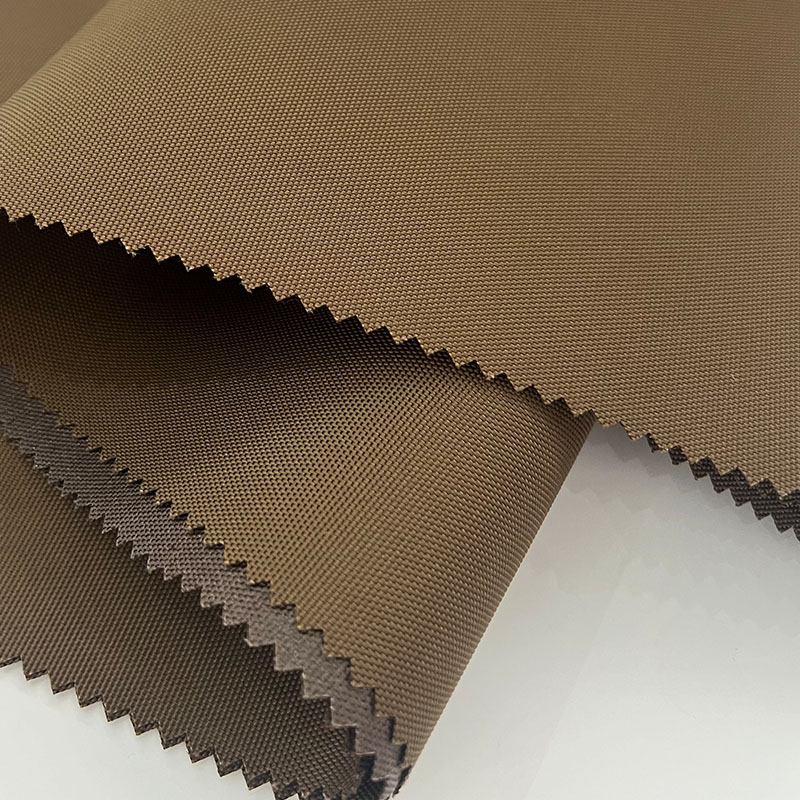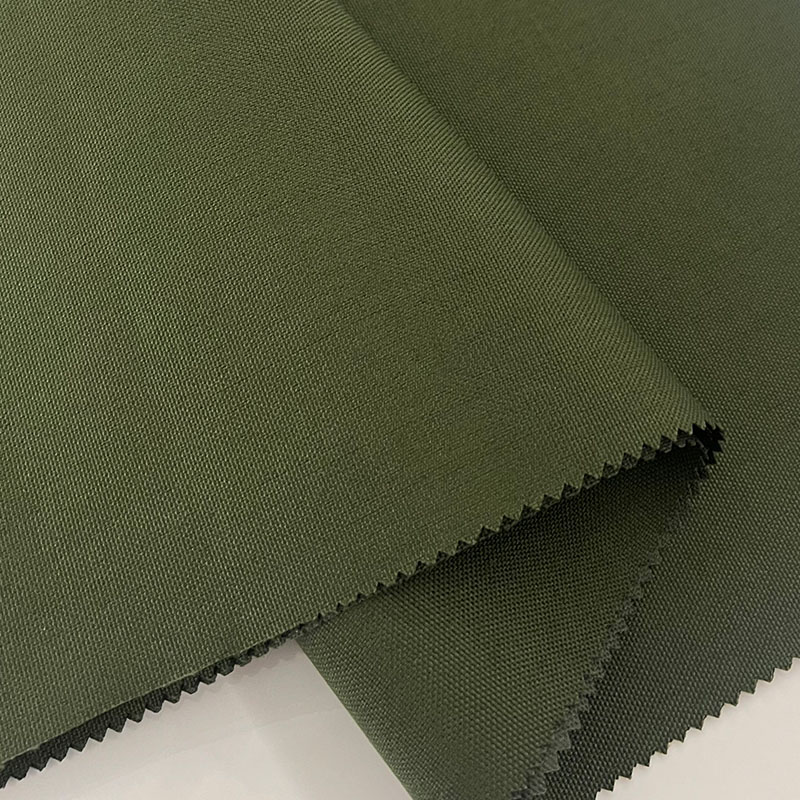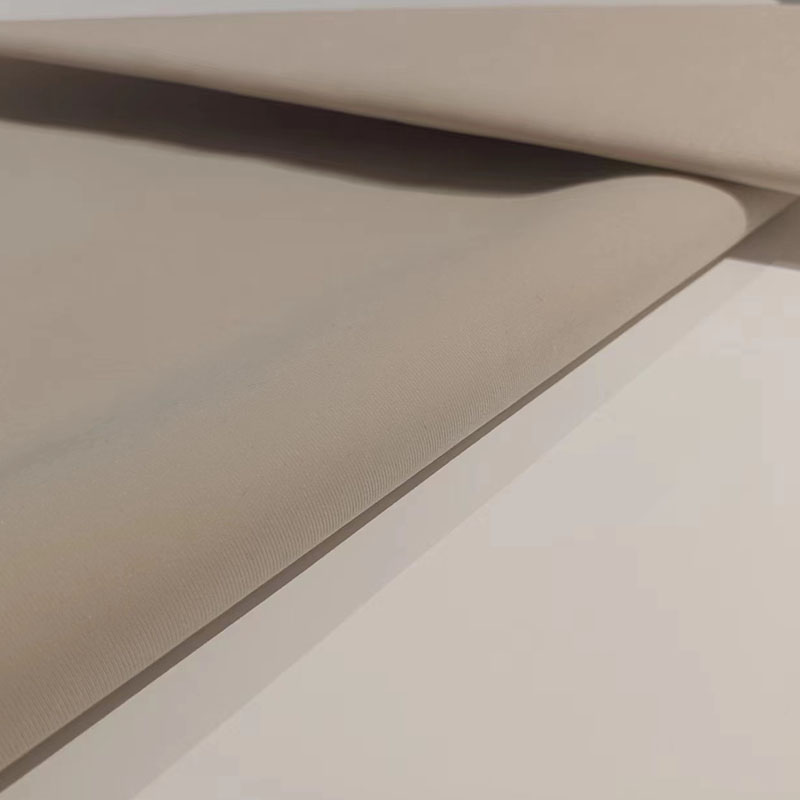- All
- Product Name
- Product Keyword
- Product Model
- Product Summary
- Product Description
- Multi Field Search
Views: 0 Author: Site Editor Publish Time: 2025-07-25 Origin: Site

Selecting the right outdoor jacket can make the difference between an enjoyable adventure and a miserable experience. Whether you're planning a weekend hike, tackling a mountaineering expedition, or simply need reliable protection for daily commutes, understanding the different types of outdoor jackets available will help you make the best choice for your specific needs.
Each type of outdoor jacket serves a unique purpose, delivering specific combinations of waterproofing, breathability, insulation, and packability. By the end of this guide, you'll know exactly which jacket suits your activity and climate, ensuring you stay comfortable and protected no matter what nature throws your way.
| Jacket Type | Waterproofing | Breathability | Insulation | Weight | Price Range |
|---|---|---|---|---|---|
| Rain Jackets | Excellent | Good | None | Light | $50–$300 |
| Hardshell Jackets | Excellent | Moderate | None | Medium | $150–$500 |
| Softshell Jackets | Fair | Excellent | Light | Medium | $100–$350 |
| Insulated Down Jackets | Poor | Fair | Excellent | Light | $100–$600 |
| Insulated Synthetic Jackets | Good | Good | Good | Medium | $80–$400 |
| Fleece Jackets | Poor | Excellent | Good | Light | $30–$200 |
| 3-in-1 Jackets | Excellent | Good | Variable | Heavy | $150–$500 |
| Packable Jackets | Good | Good | Light | Very Light | $40–$250 |
| Windbreakers | Fair | Excellent | None | Very Light | $25–$150 |
| Soft-Shell Rain Shells | Good | Good | None | Light | $80–$300 |

Rain jackets are fully waterproof shells designed with taped seams specifically to keep you dry during heavy downpours. These essential pieces of outdoor gear feature advanced waterproof rain jackets technology that completely blocks external moisture while maintaining breathability.
Modern rain jackets utilize advanced materials like Gore-Tex membranes, polyurethane coatings, and DWR (Durable Water Repellent) finishes. Taped seams prevent water infiltration at stitch points, while breathable membranes allow perspiration to escape.
Pros & Cons:
Pros: Complete waterproof protection, lightweight, packable, excellent for layering
Cons: Can feel clammy during high-output activities, limited insulation
Ideal Use Cases: Perfect for day hikes in wet climates, urban commutes during rainy seasons, and as an outer shell in unpredictable weather conditions.
Pro Tip: Look for adjustable hoods and pit-zips for ventilation. These features allow you to customize protection and airflow based on activity level and weather intensity.
Hardshell jackets represent the pinnacle of weather protection, offering durable, fully waterproof and windproof outer layers designed for extreme conditions. These robust shells prioritize maximum protection over flexibility.
Premium hardshells feature advanced membranes like Gore-Tex Pro, eVent, or proprietary three-layer constructions that sandwich waterproof-breathable membranes between durable outer fabrics and protective inner linings.
Pros & Cons:
Pros: Maximum weather protection, highly durable, excellent for layering systems
Cons: Less breathable than softshells, can be noisy, higher cost
Ideal Use Cases: Essential for alpine climbing, backcountry skiing, mountaineering, and any activity requiring bulletproof weather protection.
Pro Tip: Always pair hardshells with appropriate mid-layers for cold conditions. The shell provides protection while insulating layers underneath supply warmth.

Definition & Core Function: Softshell jackets bridge the gap between fleece and hardshells, offering water-resistant, breathable, and stretchy fabric that excels during high-aerobic activities where mobility and comfort are paramount.
Materials: Constructed from woven polyester and elastane blends, softshells provide four-way stretch while maintaining wind resistance and light water repellency through DWR treatments.
Pros & Cons:
Pros: Excellent breathability, superior mobility, comfortable next-to-skin feel
Cons: Not fully waterproof, limited protection in heavy rain
Ideal Use Cases: Perfect for high-aerobic activities in cool, dry weather including rock climbing, trail running, and active hiking where breathability trumps waterproofing.
Pro Tip: Check abrasion resistance ratings if you plan on rock scrambling or climbing, as contact with rough surfaces can damage lighter softshell fabrics.
Down jackets utilize natural down feather clusters to provide premium warmth through superior insulation. These lightweight powerhouses offer the best warmth-to-weight ratio available in outdoor clothing.
Down quality is measured by fill power, ranging from 550 (good) to 900+ (excellent). Higher fill power means more loft and warmth per ounce of insulation.
Pros & Cons:
Pros: Exceptional warmth-to-weight ratio, highly compressible, long-lasting
Cons: Loses insulation when wet, requires careful maintenance, higher cost
Ideal Use Cases: Ideal for cold, dry conditions including winter camping, high-altitude adventures, and as insulating layers under waterproof shells.
Pro Tip: Always use a waterproof shell over down jackets in wet climates. Consider treated down options that maintain some insulation properties when damp.
Synthetic insulated jackets use man-made fibers like PrimaLoft or Thinsulate to provide reliable warmth that performs even when wet, making them dependable choices for damp environments.
Advanced synthetic insulations like PrimaLoft Gold and Silver mimic down’s loft while maintaining insulation properties when damp. These materials dry faster than down and cost less.
Pros & Cons:
Pros: Maintains warmth when wet, dries quickly, more affordable than down
Cons: Heavier than equivalent down, less compressible, shorter lifespan
Ideal Use Cases: Excellent for damp, cold environments where moisture exposure is likely, including Pacific Northwest hiking and shoulder-season adventures.
Pro Tip: Synthetic insulation compresses less than down when wet, making it more reliable for unpredictable conditions where you can’t guarantee staying dry.

Fleece jackets provide breathable warmth without wind or water protection. These synthetic polyester garments excel as mid-layers or standalone pieces in dry conditions.
Modern fleece ranges from lightweight microfleece (100 g/m²) to heavyweight polar fleece (300+ g/m²). Some feature wind-blocking panels or DWR treatments for enhanced weather resistance.
Pros & Cons:
Pros: Excellent breathability, retains warmth when damp, quick-drying, affordable
Cons: Not windproof or waterproof, can be bulky
Ideal Use Cases: Perfect for mild-cold, dry activities and as versatile mid-layers. Excellent around camp or for casual outdoor activities.
Pro Tip: Look for fleece jackets with wind-blocking panels on the front and shoulders for enhanced protection without sacrificing breathability.
These versatile systems combine a removable insulated liner with an outer waterproof shell, providing three wearing options: shell alone, liner alone, or both together for maximum protection.
The modular design adapts to changing conditions throughout the day, making one jacket suitable for multiple seasons and activity levels.
Pros & Cons:
Pros: Maximum versatility, cost-effective, adapts to changing conditions
Cons: Heavier than specialized jackets, potential bulk when worn together
Ideal Use Cases: Ideal for variable climates, travel, multi-season use, and situations where carrying multiple jackets isn’t practical.
Pro Tip: Ensure both shell and liner have full-length zippers for independent ventilation control when worn separately or together.
Definition & Core Function: Packable jackets prioritize weight savings and compressibility, stuffing into their own pockets or small stuff sacks for easy transport without sacrificing basic weather protection.
Materials: Constructed from ultralight ripstop nylon with minimal seaming and lightweight zippers, these jackets often feature DWR treatments for water resistance.
Pros & Cons:
Pros: Extremely lightweight, highly packable, great emergency layer
Cons: Less durable, minimal features, limited weather protection
Ideal Use Cases: Essential for backpacking, travel, and as emergency layers when weight and space are critical considerations.
Pro Tip: Check whether packable jackets offer helmet-compatible hoods if you plan to use them for climbing or cycling activities.
Windbreakers provide minimalist protection against wind chill with some water resistance. These lightweight shells focus on blocking wind while maintaining maximum breathability.
Typically made from thin nylon or polyester with minimal coatings, windbreakers prioritize airflow and packability over robust weather protection.
Pros & Cons:
Pros: Extremely lightweight, highly breathable, packable
Cons: Minimal water protection, less durable than heavier shells
Ideal Use Cases: Perfect for running, cycling, and activities where wind protection is needed without bulk or weight.
Pro Tip: Look for windbreakers with mesh lining to improve breathability and moisture management during high-output activities.
These hybrid jackets blend waterproof protection with softshell comfort, using waterproof-stretch fabrics to provide weather protection without sacrificing mobility.
Advanced stretch-waterproof fabrics combine membrane technology with flexible outer materials, sealed with low-profile zippers to minimize weight.
Pros & Cons:
Pros: Combines weather protection with stretch, quieter than hardshells
Cons: Higher cost, potentially less durable than traditional hardshells
Ideal Use Cases: Excellent for fast-paced, wet-weather activities like trail running, alpine climbing, and active pursuits requiring both protection and mobility.
Pro Tip: Look for low-profile sealed zippers and minimal seaming to reduce weight while maintaining weather protection.
Decision Framework:
Primary Activity: Hiking, climbing, skiing, running, or travel?
Climate Conditions: Wet, dry cold, or variable weather?
Priority Factors: Weight savings, maximum warmth, or durability?
Example Scenarios:
Alpine mountaineering in mixed weather: Hardshell outer with insulated mid-layer
Day hiking in Pacific Northwest: Waterproof rain jacket with fleece layer
Backpacking in dry conditions: Packable down jacket with ultralight windbreaker
Trail running in variable weather: Softshell or soft-shell rain hybrid
Cleaning Frequency by Jacket Type:
Hardshells/Rain jackets: After 10–15 uses or when DWR fails
Down jackets: 1–2 times per season with down-specific detergent
Synthetic insulation: Every 5–10 uses or as needed
Fleece: After every 3–5 uses
Washing Instructions:
Use cold water and technical detergents. Avoid fabric softeners and bleach. Tumble dry low heat for insulated jackets, air dry shells and fleece.
Re-treatment of DWR Coatings:
Reapply DWR treatment when water no longer beads on fabric surface. Clean jacket first, then apply treatment according to manufacturer instructions.
Storage Advice:
Store down and synthetic jackets uncompressed to preserve loft. Hang shells and fleece. Ensure jackets are completely dry before long-term storage.
What's the difference between waterproof and water-resistant?
Waterproof fabrics completely block water penetration and feature sealed seams. Water-resistant materials repel light moisture but will eventually allow water through during prolonged exposure or heavy rain.
Down vs. synthetic insulation—when to choose each?
Choose down for maximum warmth-to-weight ratio in dry conditions. Select synthetic insulation when moisture exposure is likely or when budget is a concern, as synthetic maintains insulation properties when wet.
Can I layer a softshell under a hardshell?
Yes, but it's typically unnecessary. Softshells work best as outer layers in moderate conditions. If conditions require a hardshell, use lighter mid-layers like fleece or synthetic insulation underneath.
How often should I reapply DWR?
Reapply DWR treatment when water no longer beads on the fabric surface. This typically occurs every 10–20 uses depending on conditions and care.
Are shell jackets windproof by default?
Most shell jackets provide excellent windproofing, but check specifications. Ultralight packable shells may prioritize breathability over complete wind protection.
Understanding the different types of outdoor jackets empowers you to make informed decisions that enhance your outdoor experiences. From lightweight packable options for emergency protection to heavy-duty hardshells for extreme conditions, the right jacket becomes an essential partner in your adventures.
Remember that the best outdoor jacket is the one that matches your specific needs, activities, and conditions. Consider your typical outdoor pursuits, local climate patterns, and personal preferences when making your selection. With proper care and maintenance, a quality outdoor jacket will provide years of reliable protection, allowing you to focus on what matters most—enjoying the great outdoors.
To ensure your next outdoor jacket not only looks great but stands up to the elements, explore Yiwei Groups’ premium outdoor jacket fabrics — from high‑strength weaves and advanced DWR finishes to breathable membranes, find the perfect material for your collection today.